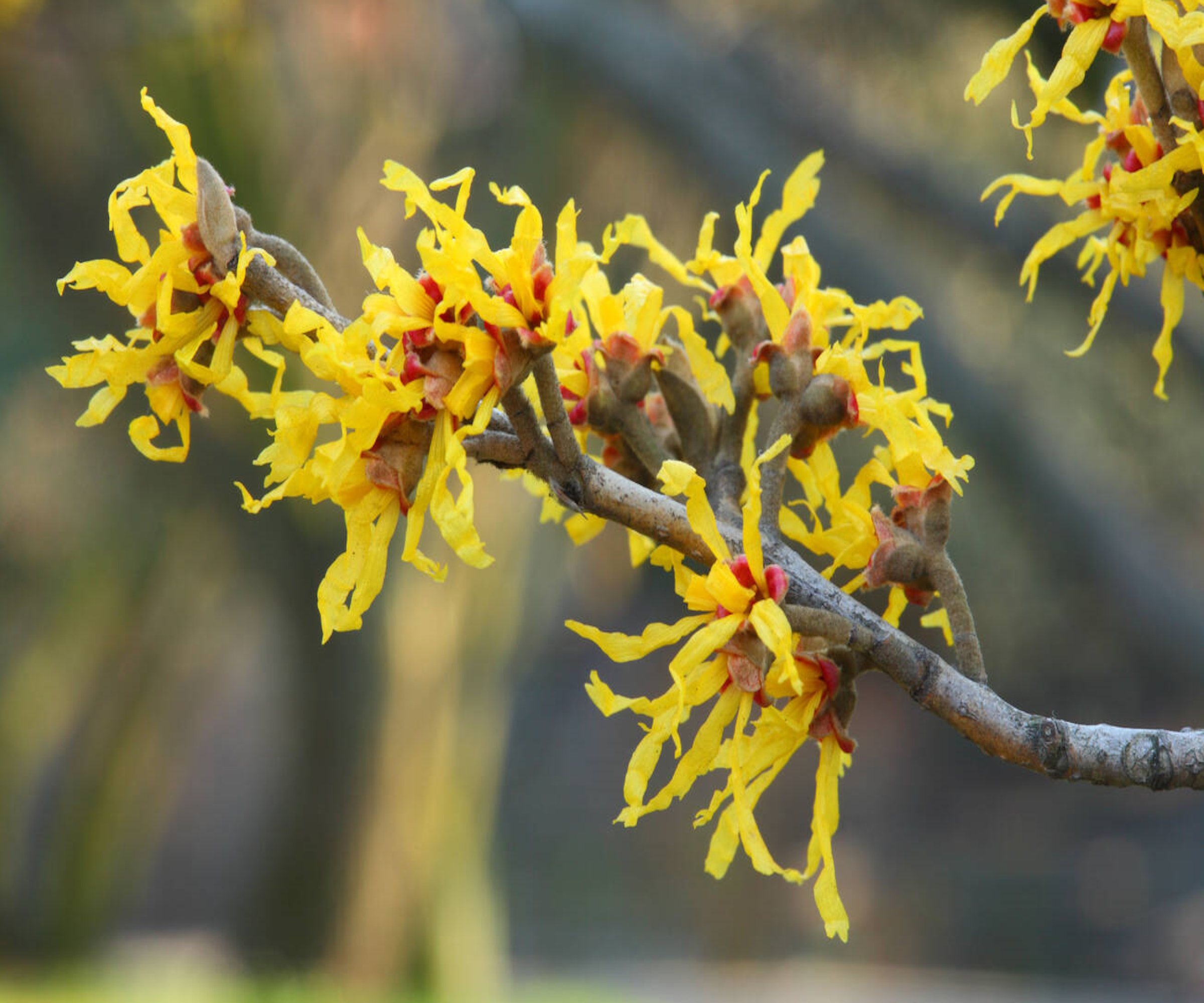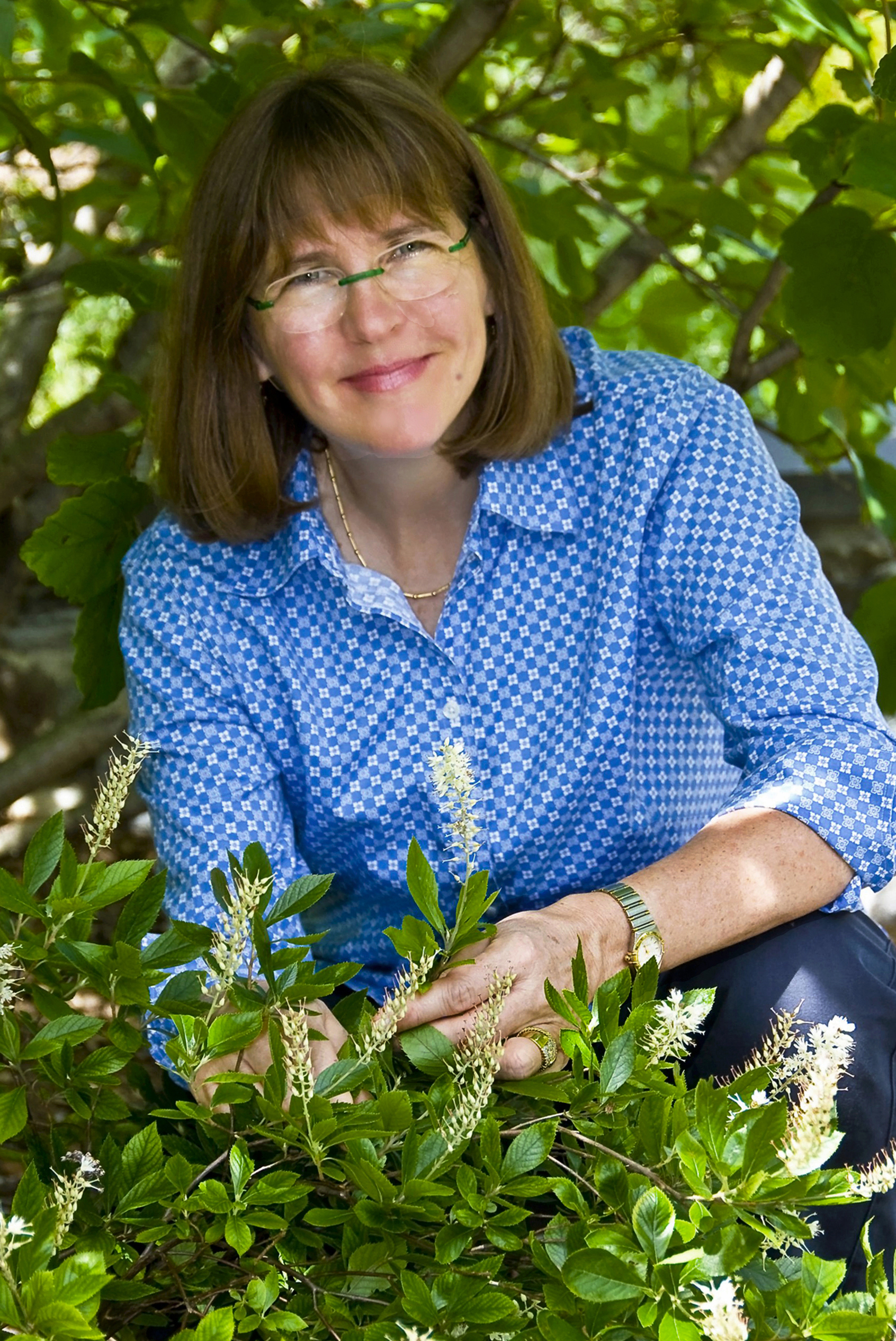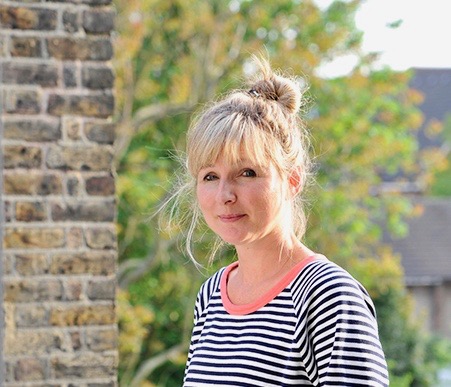Winter-flowering shrubs for shade – 8 plants to enliven darker areas of your yard during cooler weather
These expert plant picks are sure to provide a late display of uplifting color in shady spots


After a proliferation of colorful summer blooms and the rich golden leaves of fall, the winter garden can look a little drab by comparison. However, by planting winter-flowering shrubs for shade, you'll not only give your yard a beautiful boost of color, you'll be providing some plants for pollinators too.
Many pollinators hibernate or migrate during the winter (depending on where you live), however, if the weather is mild some may still be looking for food until temperatures drop further. As such, now is a good time to consider winter garden ideas, whether it's for wildlife, or to add natural bursts of color to your landscape.
Whatever your reasons for discovering shade plants, we've spoken to gardening and horticultural experts to find eight of the best winter-flowering shrubs for shade.
1. Pussy Willow (Salix discolor)

The availability of winter-flowering shrubs that can thrive in the shade will vary according to the climate, temperature and other factors in your area. One shrub that provides winter blooms in colder parts of the country is pussy willow, or Salix discolor. With its soft, silvery catkins that appear late winter and early spring, this shrub is great if you err more towards the wild garden trend than a manicured look.
'Pussy willow is a low-maintenance gangly shrub; its flower buds in their fuzzy winter coats are well-loved by children and flower arrangers alike,' says Rebecca McMackin, ecological horticulturalist and tutor at The American Horticultural Society's Lifelong Learning Program. 'That soft coat keeps flowers warm so that they can bloom very early in the year, even in winter.
'Pussy willow loves water but can handle normal mesic garden soils and partial shade. It can grow wild but takes pruning and shaping well, and can be cut to the ground every few years or even shaped into a small tree.
'Not many native plants bloom in winter, as not many pollinators are active. But for pollinators that do wake up early, pussy willow is one of the only food sources available. Expect lovely yellow fall color too.'
Design expertise in your inbox – from inspiring decorating ideas and beautiful celebrity homes to practical gardening advice and shopping round-ups.
USDA hardiness zones: 4-8

Director of Horticulture at Brooklyn Bridge Park for 10 years, Rebecca McMackin is an ecologically obsessed horticulturist and garden designer. She now lives in the woods of Connecticut, writing, lecturing, and designing the occasional garden. Her Adventures in Ecological Horticulture talk is part of The American Society of Horticulture's Lifelong Learning Program.
2. Common Witch Hazel (Hamamelis virginiana)

There is a move towards growing native species, as they are most adapted to the various regions, and tend to fall into the low maintenance drought tolerant plants category, requiring less supplemental watering and care. There may be few winter-flowering shrubs for shade to choose from in colder parts of the country, however, it is still possible to create some winter color.
'In the Northeast we don't have any native plants that bloom in the winter,' says New York-based Kim Eierman, landscape designer, EcoBeneficial and author, The Pollinator Victory Garden available at Amazon. 'However, common witch hazel is a plant native to the Eastern half of the US that blooms in the fall or winter, depending on the region.
'This is a large shrub that typically grows to 15 to 20 feet tall and wide and is suitable for planting in partial shade in moist or mesic, acidic soil. The fragrant yellow blooms of common witch hazel can last for several weeks and receive visits from late-flying pollinators including certain species of small bees and moths.
'The blooms often persist after leaf drop occurs and the unusual fruit capsules add to the visual interest. The seeds contained in the fruit capsules provide food to a number of wildlife species, including wild turkeys, grouse, rabbits and squirrels.'
This common witch hazel from Fast-Growing Trees can be planted it in well-draining soil, with partial shade, and will reward you with winter color.
USDA hardiness zones: 3a-9b

Kim Eierman is the Founder of EcoBeneficial LLC. She is an ecological landscape designer and environmental horticulturist specializing in native plants. Based in New York, Kim teaches at the New York Botanical Garden, the Brooklyn Botanic Garden, The Native Plant Center and the Massachusetts Horticultural Society.
3. Winter Heath (Erica carnea)

Heaths and heathers provide plenty of low-lying color across various landscapes, throughout the seasons. Many are deer-resistant plants too. Native to eastern, central and southern Europe, Erica Carnea (also known as classic winter heath or alpine heath), is a favorite winter-flowering shrub for Colorado-based garden designer and horticulturalist, Kenton Seth, founder, Paintbrush Gardens.
'Classic winter heath is the most adaptable of the heaths and heathers to cold winters and alkaline soils,' says Kenton. 'In fact, classic winter heath actually demands shade in hot climates, paying you back in an absolute sparkle of color in the dead of winter.
'The full range of cherry pink to white flowering varieties are hardy, many with foliage that blush purple during the cold. Give this plant well enriched soil, regular irrigation, and a position out of winter sun to bring a little flavor of Europe to the Western US.'
USDA hardiness zones: 7a-9b

Kenton Seth is the owner of Colorado-based garden design business Paintbrush Gardens, co-author of the New York Times-acclaimed book The Crevice Garden, and former Head of Horticulture for Western Colorado Botanic Gardens. He is also part of the American Horticultural Society’s Lifelong Learning program, giving a virtual talk on The Crevice Garden.
4. Colorado Manzanita (Arctostaphylos x coloradoensis)

This evergreen shrub with its waxy leaves is native to Colorado - and is colorful and cold tolerant too. Mature plants produce red berries in fall, which eventually give way to pretty pink flowers. So it's a good shrub to consider for winter garden ideas.
'Colorado manzanita are the cold, dry west's improvement over boxwood,' says Kenton. 'Broadleaf evergreen, they also have glowing rusty smooth bark and blueberry-style pink-droplet flowers in late winter.
'Kinnikinnick (Arctostaphylos uva-ursi) is the parentage behind this natural hybrid group, which alleviates Manzanitas' usual dislike for heavy soils. It also lends a somewhat ground-covering shape to these shrubs, which can grow up to 3' tall and 8' wide.
'Often found under Ponderosa pine in nature, Colorado manzanitas take well to sun and shade. They don't love being planted in summer, but it's worth it: they genuinely require no regular maintenance.'
USDA hardiness zones: 4b-8
5. Fragrant tea olive (Osmanthus fragrans)

This bushy, evergreen tree can be pruned into a shrub, or a hedge, so it's a wonderful winter plant for privacy. Native to large parts of Asia, fragrant tea olive can withstand winter temperatures down to 10F (if protected). Its fragrant flowers will appear late in the fall and early in the spring.
'Fragrant tea olives have a great dense canopy with a fantastic scent,' says Tamara Hogan, plant expert, Fast Growing Trees. 'It’s a wonderful small specimen plant, so it can be a focal point throughout the landscape. It fits a wide range of styles too, so it’s easy to find a place for it.
'This plant prefers well draining soil and is tolerant of clay. It does best in southern locations with afternoon shade to minimize burning/stress. However, it is sensitive to cold snaps, so mulching and protection is needed for temperatures close to 20F.'
Adding a soil amendment, like this perlite from True Leaf Market can help with soil drainage, aeration and insulation.
USDA hardiness zones: 8-10

Tamara Hogan graduated from Utah State University with a degree in Ornamental Horticulture and an emphasis in Greenhouse Management. She worked within various horticulture fields before joining Fast Growing Trees.
6. Oriental Paper Bush (Edgeworthia chrysantha)

Blooming from late winter to early spring with clusters of scented flowers in yellow, white or orange, paper bush is a wonderful backyard idea, if you want to add color and fragrance throughout the seasons.
There are no reported toxic effects either, so if you want to avoid poisonous plants for a pet or kid-friendly space, it's a good choice.
'Edgeworthia are native to China and do best with well draining soil,' says Tamara Hogan. 'If you have heavier clay soil, amending with wood-based compost is strongly encouraged.
'This plant is a great option for shade gardens, as it can tolerate both shade and full sun just fine.
'The fun pops of white/yellow blooms along the stems look lovely among the bare branches of winter. These blooms last a long time too, so it helps to bring pollinators your way early in spring. With a mature size between 4-6 ft, this plant can fit in a variety of places throughout your yard.'
USDA hardiness zones: 7-10
7. Viburnum

Native to Eurasia and North America, there are various varieties of viburnum. However, some such as Viburnum x burkwoodii, farreri or carlesii will fruit or flower in winter and can thrive in full or partial shade. In fact, Viburnum can create interest in your yard all year round–and with its spectacular leaf display, is also one of the best fall shrubs for privacy.
'The range of this family of plants is wide and besides some potential speed of growth, viburnum is a great beginner option,' says Tamara Hogan. 'If you are specifically looking for winter bloomers, look to the Viburnum tinus and Viburnum farreri.
'Viburnums can handle a wide range of soils and conditions. They can be left alone to provide a natural shape, or can be pruned if you prefer to manage them.
'Both Viburnum farreri and tinus have lovely fragrant blooms but are still dependable shrubs that can be complimentary background plants to the more showy plants the rest of the season.'
USDA hardiness zones: 5-10 (variety dependent)
8. Abelia

Abelia is part of the honeysuckle family and crosses are common with parentage from both Mexico and Asia. It has similar trumpet-like blooms to Honeysuckle, which are loved by hummingbirds and butterflies, so consider this plant if you're on a hummingbird migration path. For year-round interest, Abelia x grandiflora is an evergreen variety with pretty pink flowers.
'Abelia works in a wide range of soil types and can tolerate partial shade to full sun,' says Tamara Hogan. 'It's a tough plant that does well in a lot of places that may not be ideal for others.
'Like its honeysuckle relatives, this plant has a delicate flower. It's a great one to have the blooms to keep up throughout the year, and the colors of the evergreen leaves can pop during the winter.
'There are several variegated varieties of abelias on the market today. Newer varieties tend to bloom more during the warmer growing season, but this plant has a great winter presence.'
USDA hardiness zones: 6-9
It's always a challenge looking for the right plants to brighten up those shady areas in your yard, but with a little research there will always be something to suit your space and the season, whether that's ground cover plants for shade, or even shade plants that attract hummingbirds.
Jacky Parker is a freelance lifestyle journalist and writer, producing a wide range of features for magazines and websites. She has written for Homes & Gardens and its sister titles, Livingetc and Country Homes & Interiors for more than 15 years, both as a freelance contributor and staff member, regularly reporting on the latest interiors, gardens and lifestyle inspiration, speaking to experts in their respective fields and discovering the newest tips.
